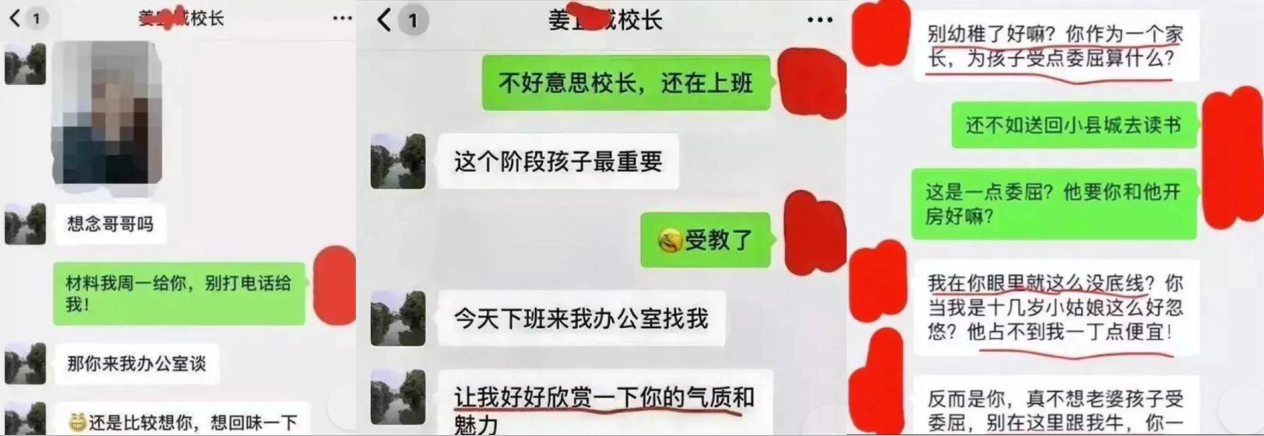猜你喜欢
 今日播放:1次
今日播放:1次
免费播放成人毛片视频视频在线 - 720影视在线观看
最新视频 - 2024-12-10
 今日播放:0次
今日播放:0次
国产一区二区不卡老阿姨 - 1080P日韩免费观看
最新视频 - 2025-03-05
 今日播放:396次
今日播放:396次
无码一区在线观看视频 - 老版国语字幕
最新视频 - 2025-03-16
 今日播放:29次
今日播放:29次
337P粉嫩大胆色噜噜嚕动态图
最新视频 - 2024-12-11
 今日播放:489次
今日播放:489次
92久久精品一区二区,午夜精品久久久久久久久久久久,久久精品一区二区免费播放,久久精品一区二区三区四区,久久影院午夜理论片无码
最新视频 - 2024-12-11
 今日播放:315次
今日播放:315次
免费在线看av的网站不卡的 - 剧情片超清免费观看
最新视频 - 2024-12-23
 今日播放:966次
今日播放:966次
免费妞干网 - DVD在线播放
最新视频 - 2025-03-08
 今日播放:0次
今日播放:0次
亚洲一级性爱大片毛片 - BD英语高清电影在线
最新视频 - 2025-03-05
 今日播放:0次
今日播放:0次
最新国产啪精品视频网站免
最新视频 - 2025-03-05
 今日播放:586次
今日播放:586次
午夜在线免费av片
最新视频 - 2025-03-03
 今日播放:692次
今日播放:692次
综合青草啪啪网站免费
最新视频 - 2024-12-11
 今日播放:494次
今日播放:494次
久久亚洲国产成人影院 - 国产剧日韩电影在线
最新视频 - 2024-12-11
 今日播放:0次
今日播放:0次
一区二区视频
最新视频 - 2025-03-05
 今日播放:948次
今日播放:948次
亚洲毛片性无码专区 - 4k电影在线看
最新视频 - 2024-12-11
 今日播放:0次
今日播放:0次
為您提供亚洲精品无码久久久影院相关影片
最新视频 - 2025-03-05
 今日播放:0次
今日播放:0次
日韩欧美在线综合网
最新视频 - 2025-03-05
 今日播放:585次
今日播放:585次
http://mruyf.com/
最新视频 - 2024-12-12
 今日播放:407次
今日播放:407次
手机看先锋资源av在线 - BD国语高清迅雷在线观看
最新视频 - 2024-12-27
 今日播放:225次
今日播放:225次
久久精品免费
最新视频 - 2024-12-11
 今日播放:473次
今日播放:473次
偷拍人妻系列无码专区免费
最新视频 - 2024-12-11
 今日播放:92次
今日播放:92次
国产精品www夜色视频
最新视频 - 2024-12-14
 今日播放:425次
今日播放:425次
亚洲成aⅴ人片在线观看无码|久久亚州精品无码aⅴ网|最新亚洲春色aⅴ无码专区|国产综合色产在线观看|亚洲成aⅴ人片不卡无码
最新视频 - 2024-12-25
 今日播放:50次
今日播放:50次
欧美极品国产精品丝袜
最新视频 - 2024-12-06
 今日播放:450次
今日播放:450次
欧美激情精品久久
最新视频 - 2024-12-06